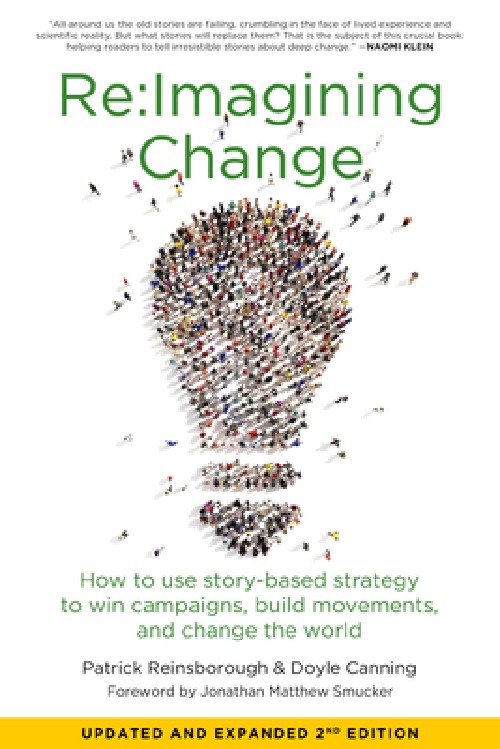He recalled a career’s worth of stories: A fire that leaped through the forest, coming within an eyelash of camp, and the moment when everything turned green again. The dozens of scientists who took off at dusk to wash mercury into Lake 658. He had seen die-offs and population recoveries. All but one lake had returned to its natural state, but the same could not be said for science. Our understanding of the world, as seen through the prism of the ELA’s ongoing data collecting, might never be the same again. Shearer stared off at a wall. “If they ever really needed a facility like that again,” he said, “it would take far more political will than I’ve seen in recent years.”
In Canada, fifty-eight lakes have served as natural test tubes since 1968, helping scientists understand mercury pollution, acid rain, and many other issues. Last year, Canada announced the project would be shutting down. Peter Andrey Smith explores the history of the projejct for The Walrus.
The lakebed is the result of a glacier that melted roughly 10,000 years ago, and its only natural outlet is at 1,458 feet above sea level. Since August 1992, the lake has risen more than 29 feet. That would be a remarkable increase in nearly any body of water, but in the context of North Dakota’s famously flat topography it is extraordinary; here, the rising lake spreads across the land like water spilled on a table. At the lake’s current size, a one-foot rise consumes more than 15,000 acres of surrounding land. In 19 years it has grown from roughly 69 square miles to 285, an area about the size of Fort Worth, Texas.
Wonderful series by Lisa Hamilton for The Atlantic about a lake that won’t stop rising. Can’t stop rising. Hamilton explores the lives affected by the lake, and the geology that is causing the phenomenon in this three part series. Part 2. Part 3.
The microbes in your body at this moment outnumber your cells by ten to one. And they come in a huge diversity of species—somewhere in the thousands, although no one has a precise count yet. By some estimates there are twenty million microbial genes in your body: about a thousand times more than the 20,000 protein-coding genes in the human genome. So the Human Genome Project was, at best, a nice start. If we really want to understand all the genes in the human body, we have a long way to go.
Using the metaphor of Linsley Pond in Connecticut, Carl Zimmer explores what we know and don’t know about the human microbiome for Discover Magazine. I read this piece a couple years ago and reflect on it often. Our body is an ecosystem, and those who wish to understand it might do well to think like ecologists.



